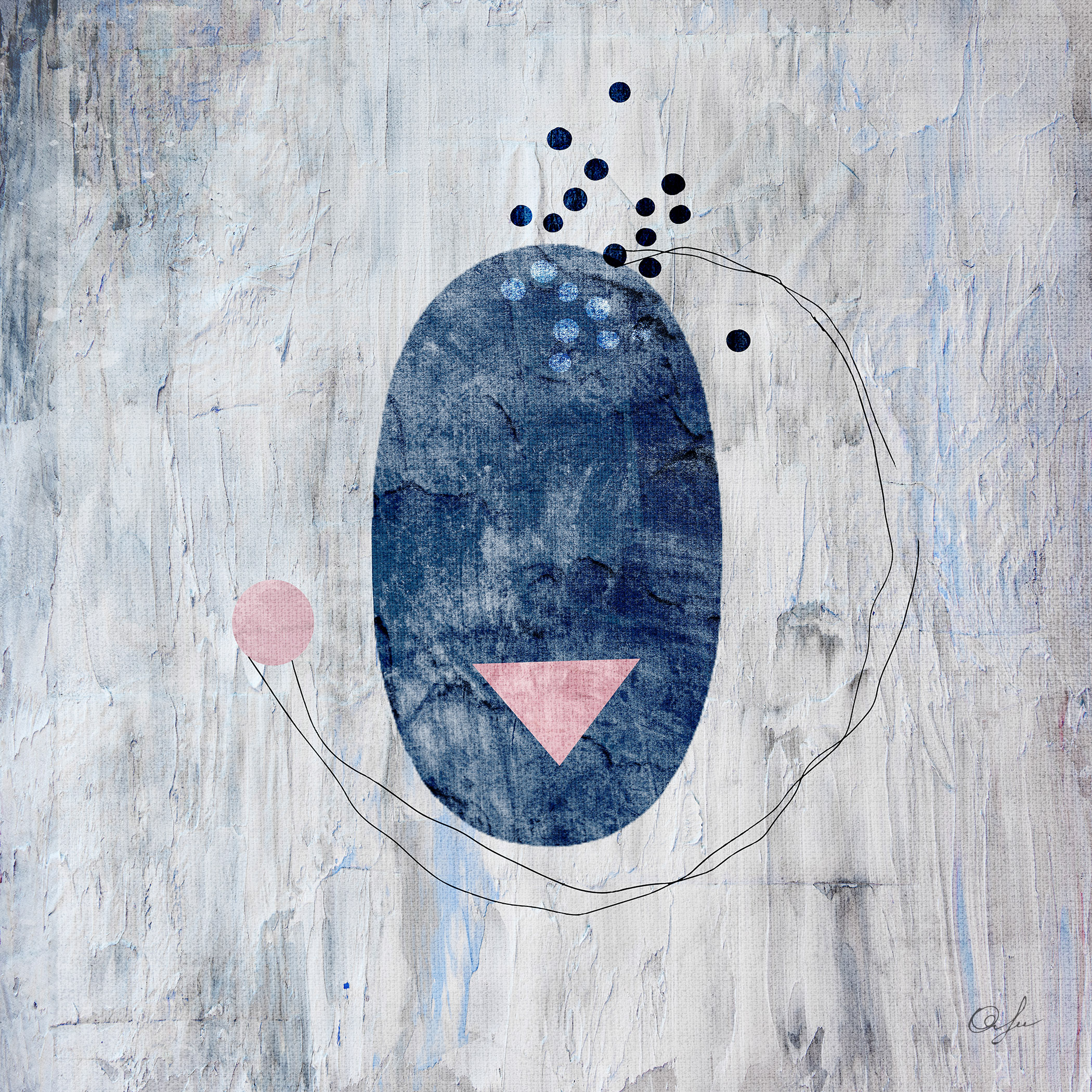Vikalpas

Vikalpas are thought constructs.
You come at each experience with many preformed assumptions about how things are, conditioned interpretive thought-matrices. (called vikalpas in Sanskrit) that shape and delimit your experience. On the other hand, the experience you have of any given object (or person) impacts you and shapes or reshapes your assumptions. Even incrementally altered assumptions lead to slightly different actions, which then lead to different experiences, which again slightly alter your assumptions—if you’re paying attention.
which are language-based, inherently dualistic thought forms (Kṣemarāja will later disagree that this is what defines the individual perceiver). And these thoughts have ”
This function of the mind was very useful and important in our evolution but has led to a problematic situation in which our interpretive lenses are constantly interposed between awareness and the rest of reality, such that it’s very easy to mistake the lens for reality. (To be more precise, we take the modified image that appears in the lens or filter as being accurate when in fact it’s distorted to an unknown degree, until you learn how to remove the lens, at least temporarily). This is one definition of the ‘unawake’ state or dreamstate , which indicates two things: first, the fabricated nature of vikalpas, which after all are not reflections but interpretations of reality, and second, the fact that all vikalpas are based in perception of difference and articulated in terms of difference (with the most basic difference being self versus other). By its very nature, the mind is a perceiver of differentiation, not unity. Pleasant versus unpleasant, good versus bad, the way things should be versus the way things are. That’s no fault of the mind. Its function is to see difference, without which we couldn’t survive. Bu”
Vikalpas are primarily a left-brain phenomenon, associated with the active mode of the brain rather than the receptive mode. Because they are concerned with contrast and hierarchy, this versus that, vikalpas are often linked to behaviors of fear and aggression. When a whole group of people have come to agree on a particularly distorted vikalpa, the result is anything up to and including genocide. Some vikalpas (like fundamentalist dogmas) function much like mental viruses in the way they spread and the harm they can cause. We could write a history of the human species in terms of the increasing dominance of vikalpa in human life.”
Though we believe we directly contact the world-as-it-is through our senses, in fact that prediscursive, unconstructed (avikalpa) level of reality remains mostly inaccessible, concealed as it is by the countless ways we project as it is by the countless ways we project our subconscious beliefs about reality onto reality. In considering this subtle teaching, we must understand that even general categories and labels like ‘tree’ and ‘man’ are beliefs. Living as we do from the mind-world, we are more likely to see a tree as just another instantiation of the category ‘tree’, dissimilar in only minor particulars to other trees we have seen, than as an irreducibly unique, miraculously complete, patterned manifestation of life energy in perfect harmony with its total environment.
Abhinava Gupta: there is such a thing as a śuddha-vikalpa, a mental construct that accurately points toward reality. Though it is true that no vikalpa can capture.
pass the truth, some point us in the right direction, and some don’t. Just as a compass is different from the North Pole, yet unerringly enables us to find the North Pole, the spiritual teachings do not express or explain reality (which is inexpressible), yet they unerringly enable us to find our way to the direct experience of reality. Such carefully considered, fine-tuned, well-aligned articulations that point us toward truth are called śuddha-vikalpas, ‘pure’ mental constructs.
Notice how believing a painful thought pulls you off-center; or how believing any compelling thought, even a pleasant one, easily pulls you into a mind-world that is abstracted from present-moment reality.
But most of our thoughts are randomly arising expressions of our past conditioning.
You have been temporarily caught in a series of thought-dreams that you took to be real.



